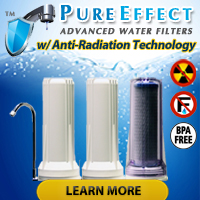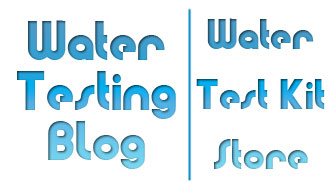Arsenic & Fluoride Still a Problem
posted by Water Testing Blog on Monday, October 5th 2009 under: Arsenic, Arsenic in Water, Arsenic Test, City Water Test, Fluoride, Water Quality Testing, Water Testing Tags: Arsenic, arsenic testing, Fluoride, fluoride testing, Water Testing



